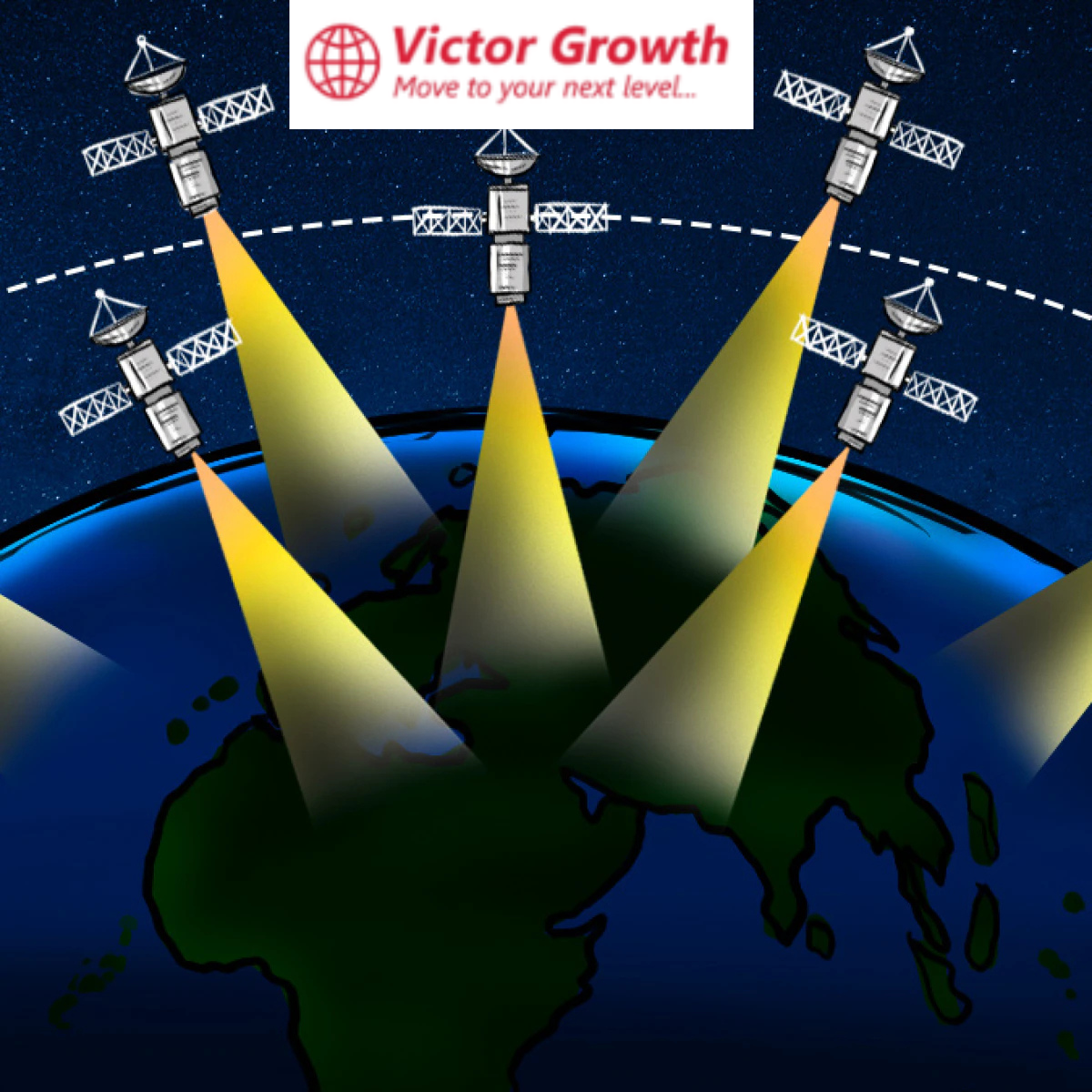IRNSS – NavIC: India’s Indigenous Navigation System
Introduction
The Indian Regional Navigation Satellite System (IRNSS), known as NavIC (Navigation with Indian Constellation), is an independent regional satellite navigation system developed by the Indian Space Research Organisation (ISRO). Designed to provide accurate positioning services over India and the surrounding region, NavIC is India’s alternative to global systems like GPS (USA), GLONASS (Russia), Galileo (EU), and BeiDou (China).
Background and Development
The need for an indigenous navigation system was recognized after the Kargil War (1999) when India realized its dependence on foreign GPS services, which could be restricted during crucial times. As a result, ISRO initiated the IRNSS program, which led to the development of NavIC.
Satellite Constellation
NavIC consists of seven satellites in geostationary and geosynchronous orbits, along with a ground segment for control and monitoring. Initially, it had a plan for nine satellites, but seven have been actively deployed:
Three satellites are in geostationary orbit (GEO) (positioned at 32.5°E, 83°E, and 131.5°E).
Four satellites are in geosynchronous orbit (GSO) (inclined at 29° relative to the equator).
To enhance accuracy and continuity, ISRO has been working on expanding the NavIC constellation with additional satellites.
ISRO’s 100th Launch and NavIC Expansion
On Wednesday morning, the Indian Space Research Organisation (ISRO) launched its historic 100th mission, the GSLV-F15, carrying a navigation satellite (NVS-02) from the Satish Dhawan Space Centre in Sriharikota. The launch vehicle, equipped with an indigenous cryogenic stage, lifted off at 6.23 a.m. and successfully placed NVS-02 into the intended orbit.
ISRO Chairman V. Narayanan announced the success, emphasizing the milestone of 100 launches from ISRO’s spaceport. Over these missions, 548 satellites have been lifted into orbit, carrying a total payload of 120 tonnes, including 23 tonnes for 433 foreign satellites.
The NVS-02 satellite is the second in the NVS series, contributing to the Navigation with Indian Constellation (NavIC) system. ISRO stated that NavIC is India’s independent regional navigation system, providing accurate Position, Velocity, and Timing (PVT) services over India and a primary service area extending 1,500 km beyond the Indian landmass.
NavIC provides two types of services:
Standard Positioning Service (SPS): Available for civilian use, with position accuracy better than 20 meters and timing accuracy better than 40 nanoseconds.
Restricted Service (RS): Encrypted service for military and strategic applications.
Future Expansion and Indigenous Advancements
To further enhance the system, five second-generation NavIC satellites are planned to strengthen the NavIC base layer constellation with improved capabilities. The NVS-01 satellite, the first of this new series, was launched aboard GSLV-F12 on May 29, 2023. This satellite introduced India’s first indigenous atomic clock, a major technological achievement under the “Make in India” initiative.
According to Dr. Narayanan, NavIC is evolving as the backbone of India’s satellite navigation ecosystem. The first-generation Indian Regional Navigation Satellite System (IRNSS) satellites laid the foundation for Personal Navigation Device (PND) services in India. The NVS series, deployed by the GSLV, will further augment NavIC’s capabilities and enhance the nation’s PND ecosystem.
The second indigenous atomic clock onboard the NVS-02 satellite further showcases India’s strides in critical technology development. Dr. Narayanan highlighted NavIC’s growing applications, including strategic defense uses, vessel tracking, time synchronization, train tracking, and safety alert dissemination.
Applications of NavIC
NavIC has broad applications across various sectors:
Defense and Security: Provides navigation support to the Indian Armed Forces for strategic operations.
Disaster Management: Helps in rescue and relief operations during natural disasters.
Transportation and Navigation: Used in vehicle tracking, maritime navigation, and aviation.
Agriculture and Rural Development: Assists in precision farming and land surveying.
Fisheries: Helps fishermen navigate and receive weather alerts in deep-sea regions.
Telecommunications: Supports accurate time synchronization for mobile networks.
Comparison with GPS
| Feature | NavIC | GPS (USA) |
|---|---|---|
| Type | Regional | Global |
| Number of Satellites | 7 (Operational) | 31 (Operational) |
| Coverage | India & surrounding areas | Global |
| Accuracy | 5-10 meters (India) | 10-20 meters (Civilian) |
| Developer | ISRO | US Government |
Recent Developments
Inclusion in Mobile Devices: NavIC support has been integrated into various smartphones and commercial applications.
Expansion Plan: ISRO is working on launching new satellites to strengthen and enhance the system.
International Collaboration: India is promoting NavIC adoption in neighboring countries and exploring its integration into global navigation frameworks.
Conclusion
NavIC represents India’s self-reliance in satellite navigation, reducing dependency on foreign systems. With high accuracy and wide-ranging applications, it plays a crucial role in strategic, economic, and technological advancements for India. As ISRO continues to enhance the system, NavIC is set to become a key asset for navigation and positioning services in the region.







